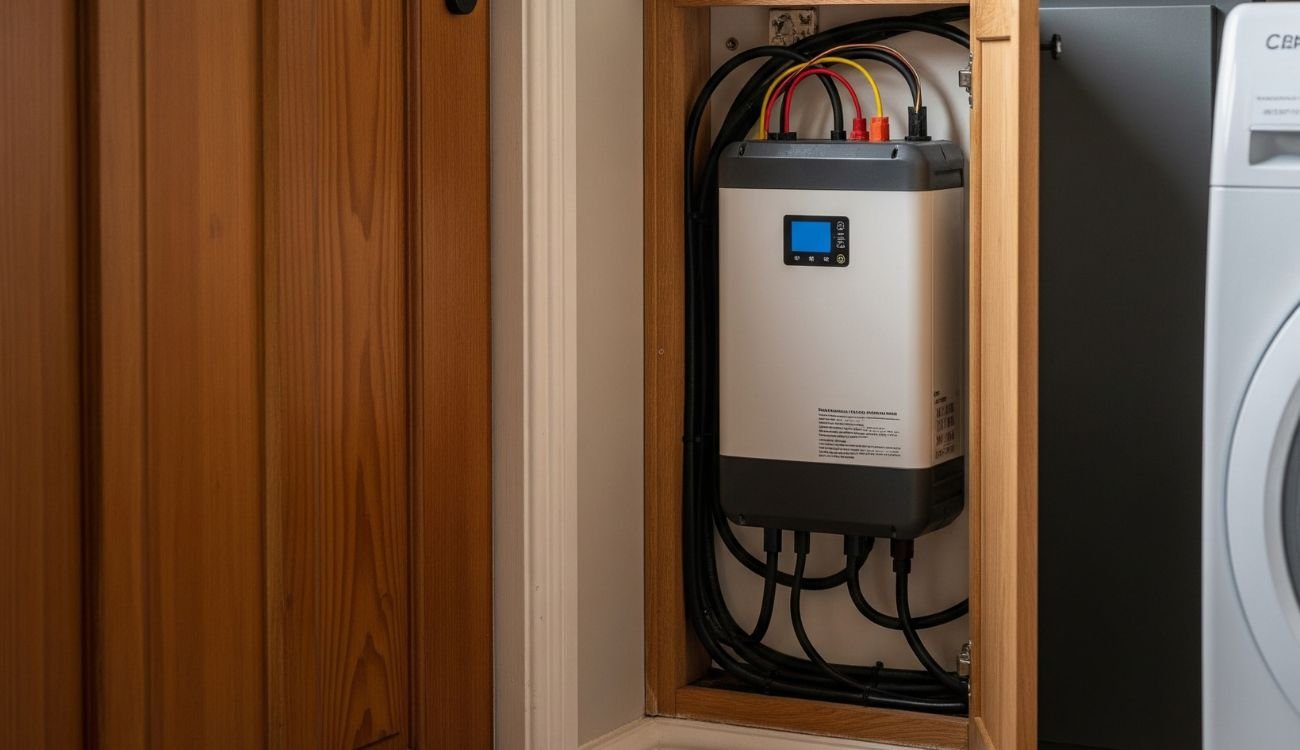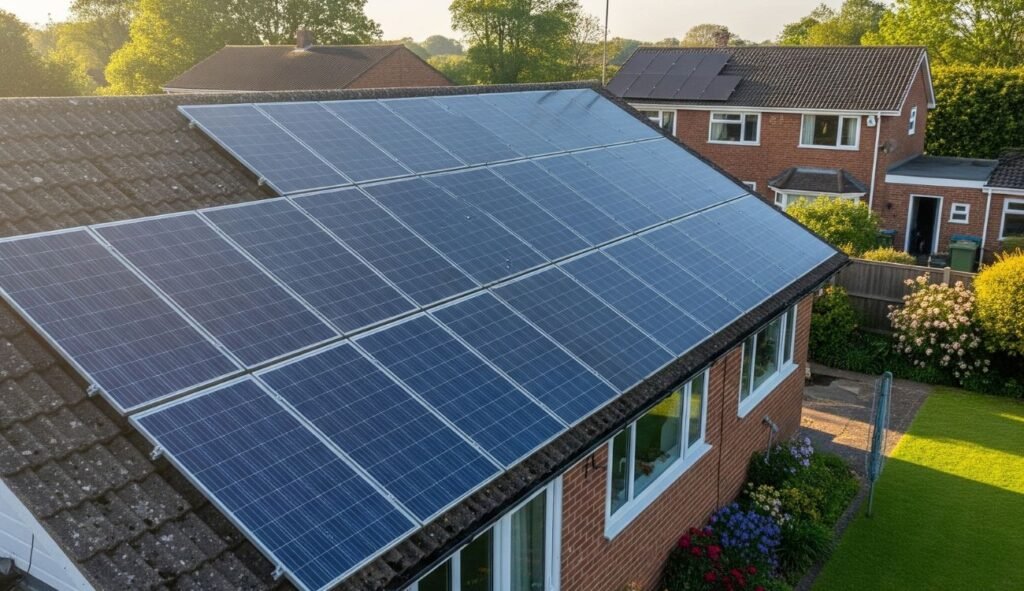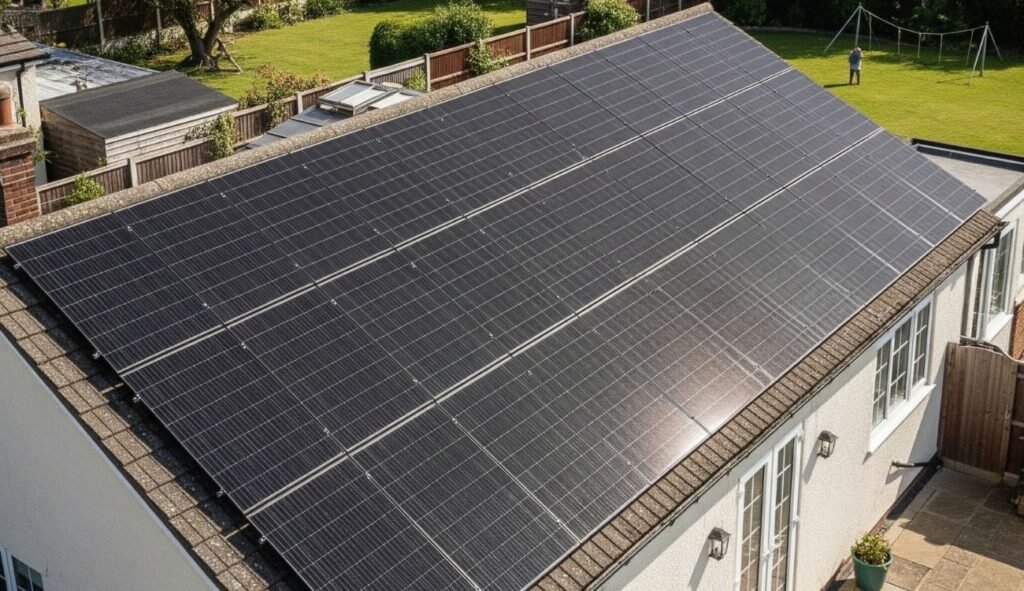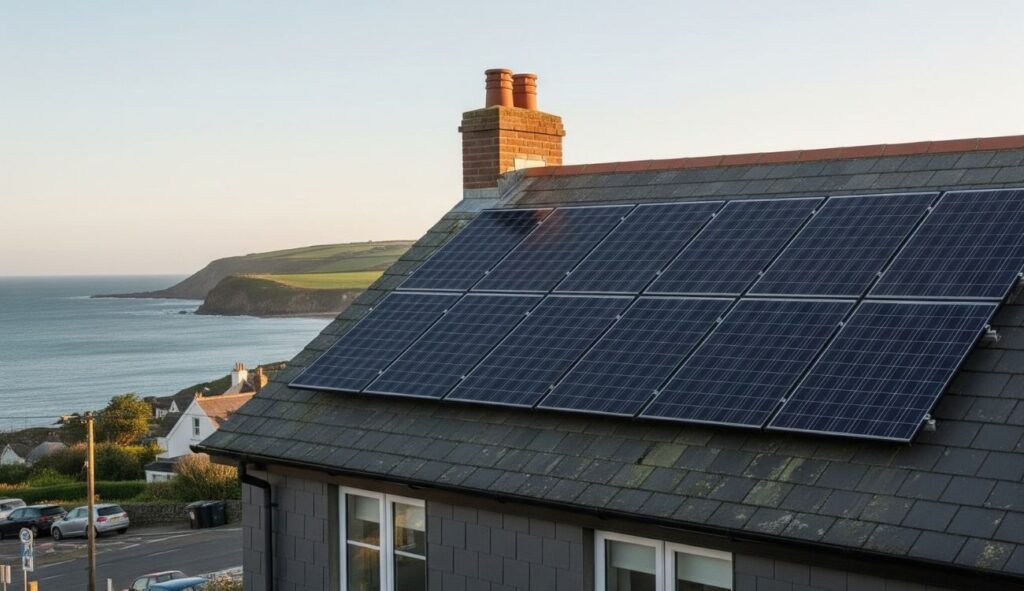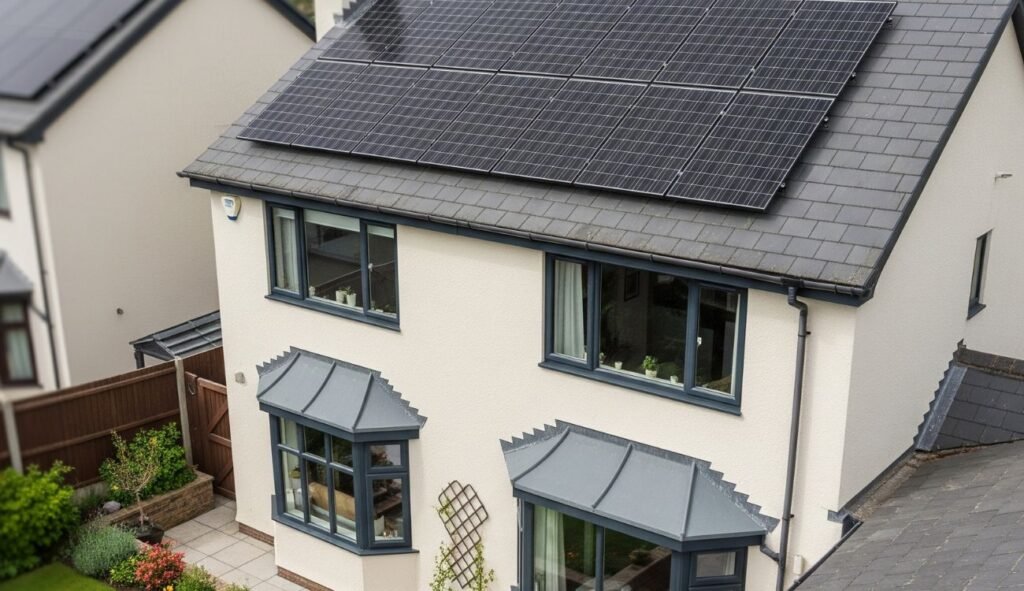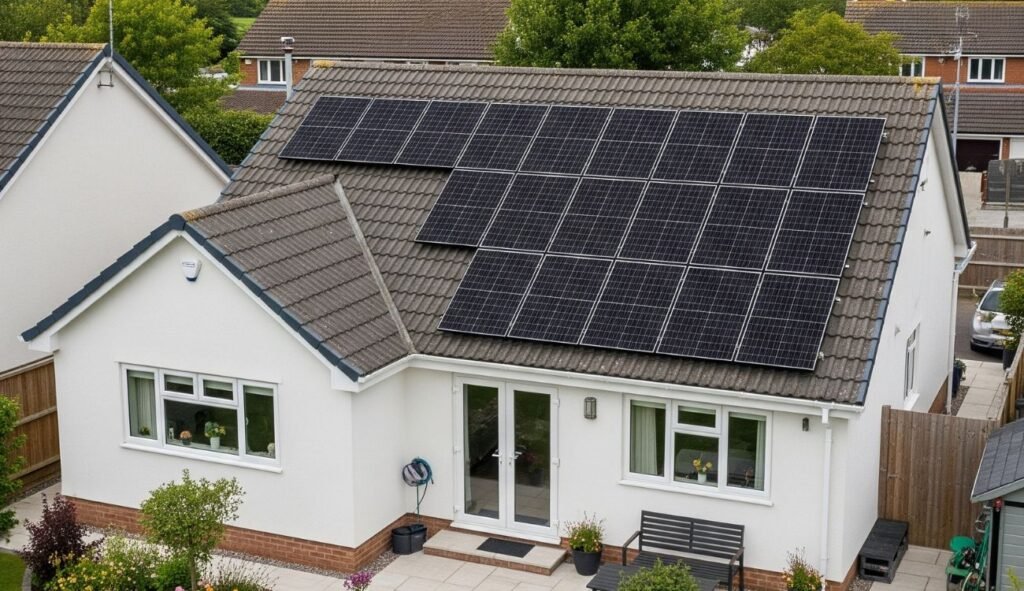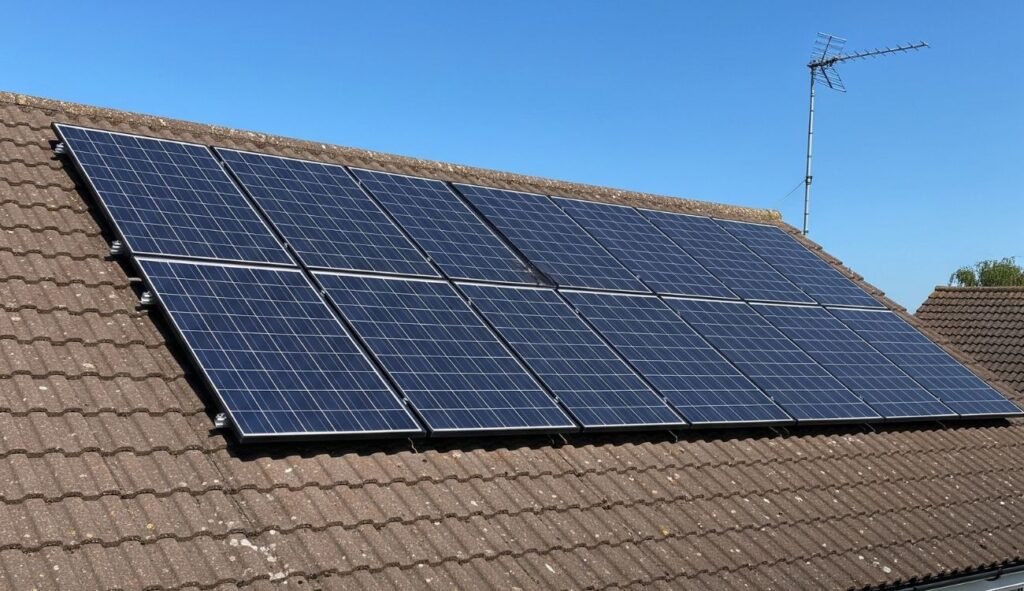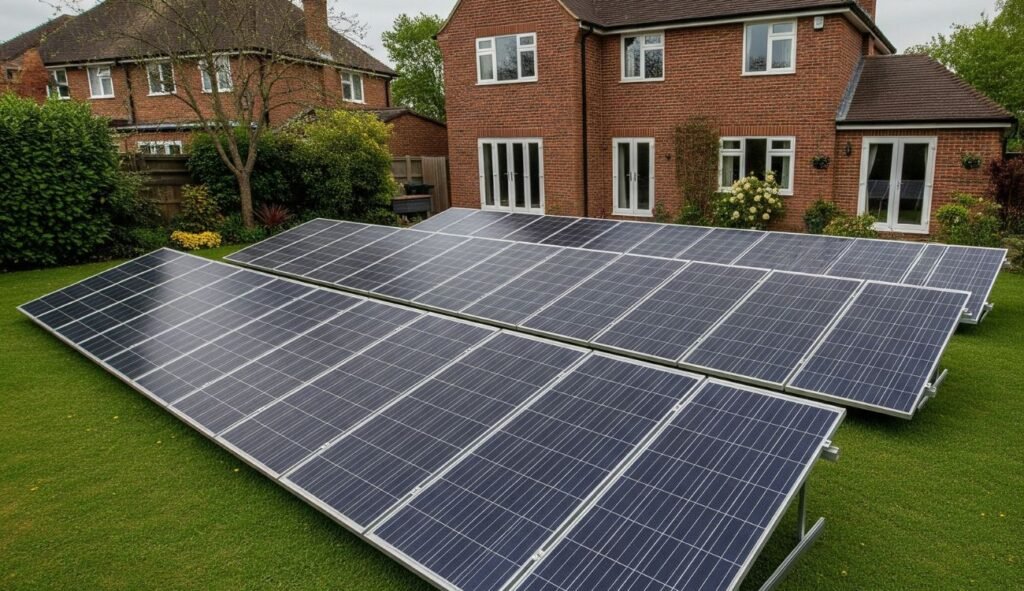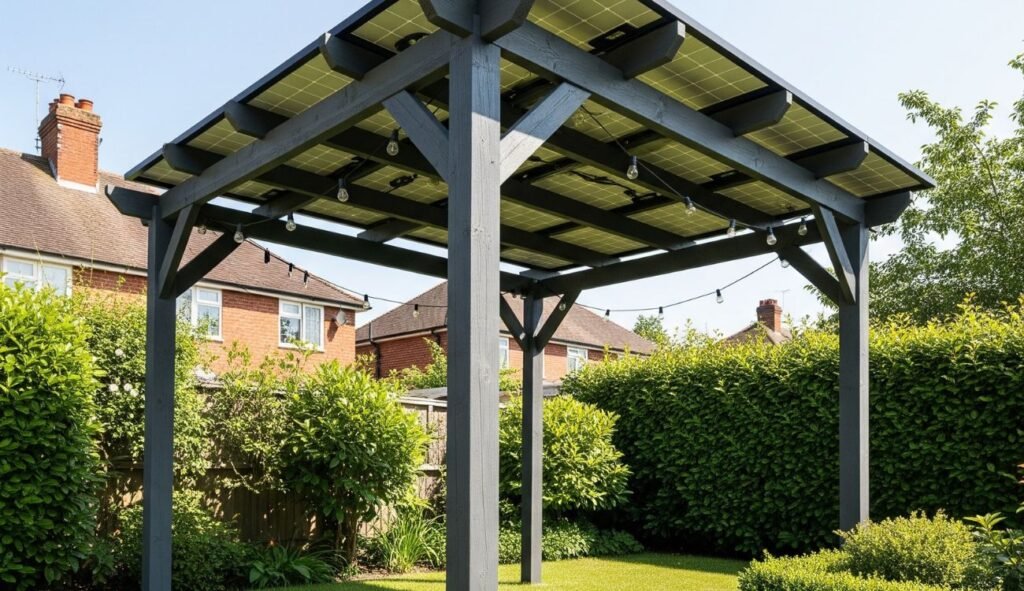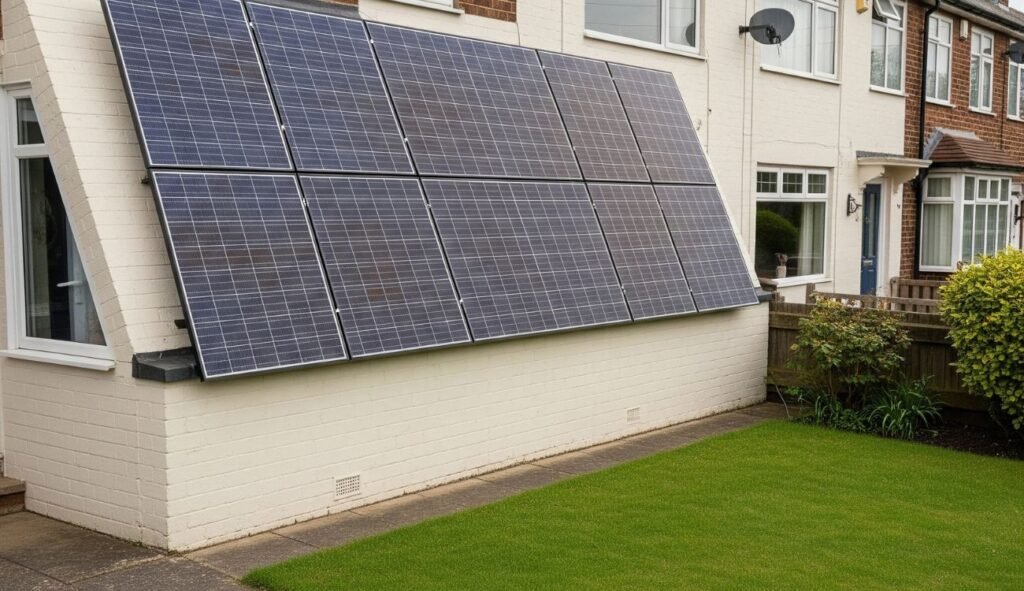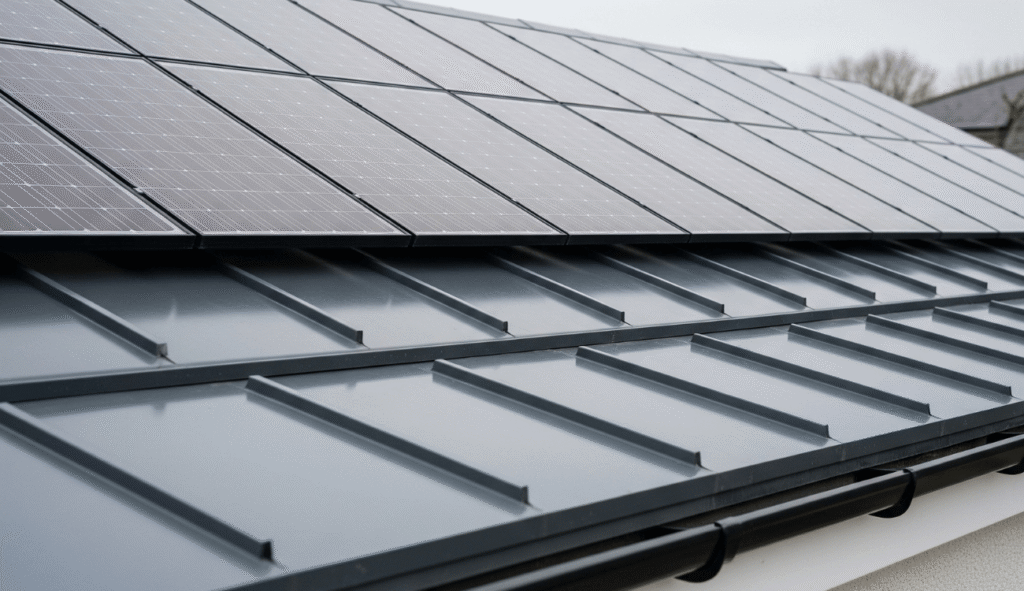Solar batteries are a vital component of solar panel systems, storing energy generated by your panels for use when the sun isn’t shining.
For UK homeowners and landlords, ensuring your solar battery is performing optimally is key to maximising energy savings and maintaining a sustainable home.
But how do you know if your solar battery is bad? This guide will help you identify the signs of a failing solar battery, understand how to test its health, and take action to protect your investment.
How Can I Tell If My Solar Battery Is Failing?
Recognising the signs of a failing solar battery is the first step to addressing potential issues. A bad battery can reduce the efficiency of your solar panel system, leading to higher energy bills and wasted potential.
According to the Energy Saving Trust, a well-maintained solar battery can last between 5 and 15 years, depending on its type and usage patterns.
What Are the Common Signs of a Bad Solar Battery?
Below are the key indicators that your solar battery may be underperforming or nearing the end of its lifespan.
| Sign | Description | Action to Take |
|---|---|---|
| Rapid Power Drain | Battery depletes quickly after a full charge. | Test capacity with a multimeter or load tester. |
| Inability to Hold Charge | Battery doesn’t retain energy even after charging. | Consult a professional for diagnostics. |
| Longer Charging Times | Takes longer than usual to reach full charge. | Check charge controller and connections. |
| Error Codes/Warning Lights | LED indicators or screens show errors or alerts. | Refer to manual or contact installer. |
| Physical Damage | Cracks, leaks, swelling, or unusual sounds. | Stop use and contact a professional immediately. |
- Rapid Power Drain: If your battery discharges quickly after being fully charged, it may have reduced capacity due to degradation. For example, a battery that’s full during the day but can’t power your home at night is a red flag.
- Inability to Hold a Charge: A battery that fails to retain charge, even after a full day of solar input, may have faulty cells or internal damage.
- Longer Charging Times: If your battery takes significantly longer to charge than it used to, this could indicate internal wear or inefficiencies in the battery chemistry.
- Error Codes or Warning Lights: Most modern solar batteries, such as lithium-ion models, feature LED indicators or digital displays. Frequent error codes or flashing lights often signal a problem. Check your user manual for specific codes.
- Physical Damage: Visible signs like cracks, leaks, swelling, or unusual noises (e.g., hissing) are serious indicators of a failing battery. These can pose safety risks and require immediate attention.
What Causes a Solar Battery to Fail?
Understanding why solar batteries fail can help you prevent issues and extend their lifespan. The Energy Saving Trust notes that improper maintenance and environmental factors are leading causes of battery degradation in the UK.
What Environmental Factors Affect Battery Performance?
- Temperature Extremes: The UK’s variable weather, including cold winters in the North East, can stress batteries. Lithium-ion batteries perform best between 15–25°C. Freezing temperatures can reduce efficiency, while overheating can cause permanent damage.
- Frequent Cloud Cover: Limited sunlight can lead to undercharging, which strains batteries over time.
- Poor Ventilation: Batteries installed in confined spaces without proper airflow can overheat, accelerating wear.
What Usage Patterns Contribute to Battery Failure?
- Overcycling: Excessive charge and discharge cycles, especially beyond the battery’s Depth of Discharge (DoD), can shorten its lifespan. For example, lithium-ion batteries typically handle 2,000–5,000 cycles, while lead-acid batteries manage 500–1,000.
- Improper Sizing: A battery that’s too small for your energy needs will be overworked, reducing its lifespan. Conversely, an oversized battery may not cycle efficiently, leading to underuse.
- Neglected Maintenance: Lead-acid batteries require regular checks for distilled water levels and corrosion, while lithium-ion batteries need software updates and clean connections.
Common Causes of Solar Battery Failure
| Cause | Impact | Prevention |
|---|---|---|
| Temperature Extremes | Reduces efficiency and causes permanent damage. | Install in a temperature-controlled environment. |
| Frequent Cloud Cover | Leads to undercharging and battery strain. | Ensure proper sizing and charge controller settings. |
| Poor Ventilation | Causes overheating and accelerates wear. | Install in a well-ventilated area. |
| Overcycling | Shortens lifespan due to excessive use. | Match battery to energy needs and monitor DoD. |
| Improper Sizing | Overworks or underuses the battery. | Consult an installer for correct sizing. |
| Neglected Maintenance | Leads to corrosion or software issues. | Schedule regular checks with a professional. |
How Do I Test My Solar Battery’s Health?
Testing your solar battery’s health is essential to confirm whether it’s functioning correctly. According to Solar Energy UK, regular maintenance and monitoring can extend a battery’s lifespan by up to 20%.
Here’s how you can test your battery at home, though professional diagnostics are recommended for accuracy.
What Tools Do I Need to Test a Solar Battery?
- Multimeter: Measures voltage to check if the battery meets its rated specifications.
- Load Tester: Assesses the battery’s capacity under load.
- Battery Monitoring System: Many modern solar systems include built-in software to track performance metrics like charge and discharge cycles.
How Do I Use a Multimeter to Test My Battery?
- Set the Multimeter: Adjust your multimeter to the DC voltage setting that matches your battery’s rated voltage (e.g., 12V, 24V, or 48V).
- Connect the Leads: Attach the positive (red) lead to the battery’s positive terminal and the negative (black) lead to the negative terminal.
- Check the Reading: A healthy battery should show a voltage close to its rated value. For example, a 12V battery should read around 12.6–12.8V when fully charged. A significantly lower reading (e.g., below 12V) indicates a problem.
- Test Under Load: If possible, use a load tester to check the battery’s performance under typical usage conditions.
Note: Always follow safety precautions when handling electrical equipment. If you’re unsure, contact a qualified solar installer like Future Heat in Newcastle.
Why Should I Use a Battery Monitoring System?
Many solar systems in the UK, especially those installed after 2019, come with monitoring software that tracks battery performance.
According to the UK Government’s Department for Business, Energy & Industrial Strategy, 68% of solar households use monitoring systems to optimise energy usage. Check your system’s app or display for data on:
- Charge/discharge cycles
- Depth of Discharge (DoD)
- Battery capacity over time
If your system lacks a monitor, Future Heat can install one to help you track performance and spot issues early.
How Can I Maintain My Solar Battery to Prevent Failure?
Proper maintenance is key to ensuring your solar battery performs well for its expected lifespan. Ofgem reports that regular maintenance can reduce energy losses in solar systems by up to 15%.
What Maintenance Steps Should I Take?
- Regular Inspections: Check for corrosion, loose connections, or physical damage monthly. For lead-acid batteries, ensure distilled water levels are adequate, as advised by Solar Energy UK.
- Optimise Charging Cycles: Use a charge controller to prevent overcharging or deep discharging. Most modern controllers automatically regulate voltage and current.
- Monitor Performance: Use your system’s monitoring software to track performance metrics. If you notice irregularities, contact a professional.
- Keep It Clean: Dust and debris can affect connections. Clean terminals with a dry cloth and ensure the battery is in a dust-free environment.
When Should I Replace My Solar Battery?
Knowing when to replace your solar battery can save you from unexpected power disruptions. According to the UK Government, the average lifespan of a solar battery in the UK is 10–15 years for lithium-ion and 5–7 years for lead-acid batteries.
How Do I Know If Replacement Is Necessary?
- Age: Check your battery’s warranty or datasheet. Most warranties cover 5–10 years, but performance may decline earlier.
- Performance Metrics: If your battery’s capacity drops below 80% of its original rating, it’s time to consider replacement.
- Cost vs. Benefit: Replacing a battery can cost £1,000–£5,000, depending on type and capacity. Compare this to potential savings from a new, efficient battery.
What Are the Costs of Replacing a Solar Battery?
- Lithium-Ion Batteries: £2,000–£5,000 for a 5–10kWh battery.
- Lead-Acid Batteries: £500–£1,500, but with a shorter lifespan and lower efficiency.
- Installation Costs: £200–£500, depending on complexity.
For a tailored quote, Future Heat can assess your system and recommend the best battery replacement options in the North East.
Frequently Asked Questions (FAQs)
How Often Should I Check My Solar Battery’s Health?
Check your battery’s health monthly using a monitoring system or visual inspection. Professional checks every 1–2 years are recommended to ensure optimal performance.
Can a Bad Solar Battery Damage My Solar Panels?
A failing battery won’t directly damage your panels, but it can strain your system’s charge controller or inverter, leading to inefficiencies. Regular maintenance prevents this.
What’s the Difference Between Lithium-Ion and Lead-Acid Battery Failure?
Lithium-ion batteries typically fail due to capacity degradation or internal faults, while lead-acid batteries are more prone to corrosion and sulphation. Lithium-ion lasts longer but is pricier.
Can I Recycle a Bad Solar Battery in the UK?
Yes, solar batteries can be recycled at designated facilities. Contact your local council or visit Recycle Your Electricals for guidance.
How Does the North East’s Weather Affect My Solar Battery?
The North East’s cold winters and frequent cloud cover can reduce battery efficiency. Insulate your battery and ensure proper sizing to mitigate these effects.
Our Verdict
Ensuring your solar battery is in good health is crucial for maximising the benefits of your solar panel system, from reducing energy bills to lowering your carbon footprint.
By recognising signs of failure, testing battery health, maintaining your system, and knowing when to replace it, you can keep your solar setup running efficiently.
For homeowners and landlords in Tyne and Wear, Newcastle, and the North East, Future Heat provides expert solar installation and maintenance services to support your renewable energy journey.
Don’t let a failing battery dim your solar potential, request a free quote from Future Heat today at Future Heat and power your home sustainably.
Myles Robinson is a seasoned expert in the boiler and home improvement industry, with over a decade of experience. He is deeply committed to environmental sustainability, actively promoting energy-efficient heating solutions to help households reduce their carbon footprint. By combining industry expertise with a dedication to environmental responsibility, Myles continues to lead efforts in transforming home heating practices towards a more sustainable future.

